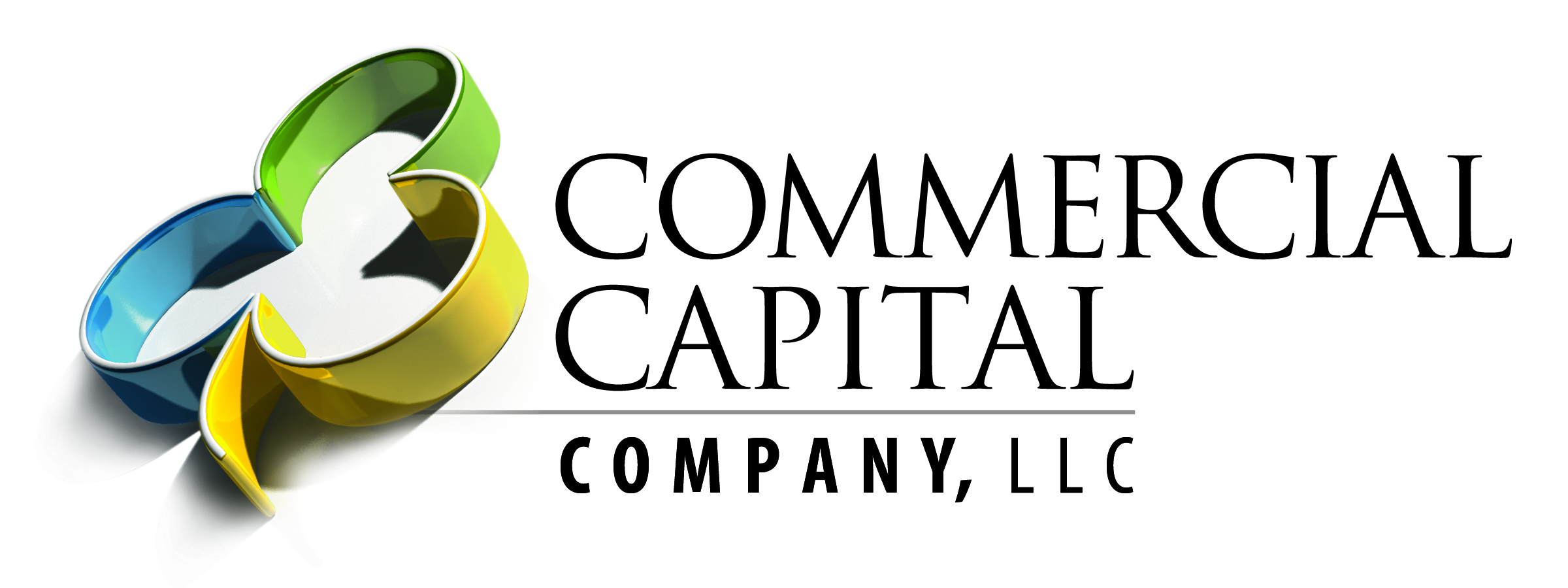Small Business Owners See Easing Inflation Pressures, Yet Prices Remain High
Is 2023 The New 2008?
It seems we hear the word “recession” often lately, yet are the numbers actually reflecting that?
Inflation cools in November for the second-straight month, although Fed officials have warned that its war on inflation is far from over. Gasoline and grocery prices moved in opposite directions last month, as the overall inflation rate declined slightly. While food and energy prices remain volatile, the prices of many other goods appear to be stabilizing. Numbers for inflation were released December, 13 2022 by the labor department.
“It is far too early to declare goods inflation vanquished,” said Jerome Powell, Chair of the Board of the Federal Reserve. “But if current trends continue, goods prices should begin to exert downward pressure on overall inflation in coming months.”
What’s Done Is Done
By now, we’re all familiar with the factors that have hammered our economy:
- Russia’s war in Ukraine
- Ongoing economic implications of the COVID-19 pandemic
- Climate-related disruptions
- Supply-chain issues
- Central banks’ ongoing increases of interest rates
Moving Forward In 2023
Yet despite these global hurdles to recovery, the U.S. economy remains strong with a tight labor market, a historically low unemployment rate and a growing economy. The U.S. economic recovery is among the strongest of the G-7 nations and remains stronger than many of its competitors, despite global economic pressures. Leading indicators suggests that, despite the challenges, the United States is leaning into a stronger economic outcome than many other prominent industrial nations, some of which have already seen their economies contract or fall flat.
Where Are You? – Top State Economies Ranked
There are bright spots in the U.S. economy, but this depends on your perspective. Where you live and what you do influences your experience and opinion. According to U.S. NEWS, Utah takes the top spot closely followed by Colorado and Idaho to round out the top three. Factors such as employment, business environment and growth were used to rank the states. Click here to take a deeper dive into the state rankings.
Equipment Sales
An ongoing lack of inventory, component shortages and transportation bottlenecks resulted in lead times that stretched out to the extent that many OEMs were sold out for 2022 before the year had even started. As high as equipment sales were in 2022, some dealers believe sales could have been much higher if only they had the machines to sell.
Sales of equipment has been historically high for quite some time. A peak in the industry usually lasts for one or two years, but the global market has set all-time sales records for the last four years. Currently in the construction industry, there are a lot of near-new machines out on job sites (three years old or less). If and when construction activity falls away, the abundance of all those near-new and suddenly under-utilized machines will likely be a barrier to new equipment sales.
Rising interest rates have increased to combat levels of inflation which haven’t been seen since the early 1980s, leading many to speculate this will almost certainly lead to a recession, which will push down equipment sales in all industries once the backlog is worked out.
Infrastructure Spending
Due to stimulus spending, infrastructure markets were flexing in 2022. The Infrastructure Investment and Jobs Act (IIJA) may be seen as a way of buying our economy back to health. That’s good news for construction equipment dealers. Big infrastructure projects take many years to complete, so they provide a degree of stability and certainty in times like these.
Industrial Resilience
Responding to backlog pressures, manufacturing did its best to ramp up production to meet the strong demand. Building on the momentum it gained emerging from the pandemic, the manufacturing industry in 2022 shows signs of continued strength and growth. However, the industry is currently experiencing concerns related to inflation and economic uncertainty.
Most manufacturers are trying to implement price increases of at least 10% to cover the increases in labor, materials, energy and shipping costs. Combine that with increased finance costs and 2023 may drive price conscious buyers to the used market.
Critical Challenges for 2023:
- Supply chain issues
- Sourcing bottlenecks
- Global logistics backlogs
- Cost pressures
- Cyberattacks
Accelerated Digital Transformation
Investing in advanced technologies helps manufactures mitigate risk. All companies are seeing benefits when accelerating the adoption of emerging technologies. Companies that have increased their investment in tech have improved their efficiency and shown greater resilience in adapting to adverse conditions. Businesses must ensure they embed the right technology throughout their processes and in every area of operations.
Managing Talent
Small and large businesses continue to struggle in acquiring skilled workers that may limit their company’s growth potential. Dealing with the tight labor market and employee churn, finding skilled workers is expected to remain a top priority for most companies in 2023. Open job posts for most industries are still hovering near all-time highs, despite a record level of new hires. The workforce shortage, elevated by supply chain limitations, is reducing operational efficiency and margins.
Before the coronavirus halted forward progress, the U.S. enjoyed nearly 11 years of economic growth. Just prior to the pandemic, unemployment was at a record low of 3.5%. Contrast that to the 14.7% high mark set in April 2020. Currently, it’s at 3.6%. The United States added about 263,000 jobs in November, far above expert estimates of around 200,000.
The ongoing current economic recovery is swift and strong compared to the recession of 2008. By August 2022, the economy regained all the jobs that had been lost since April 2020. The labor market’s quick rebound is important to keep in mind. In contrast to 2008 where the scars of negative employment and earnings outcomes and widening inequality continued long after the downturn ended. The duration of an economic downturn is crucial because prolonged periods of unemployment can lead to a loss of skills and experience.
Despite the buoyancy in labor statistics, workers are concerned about their job security. Many have taken on a side hustle or freelance work and did so because of recession concerns and a rising cost of living. Side hustles help workers assuage recession fears and improve their savings in uncertain times.
 Teeter-Totter
Teeter-Totter
Unrelenting global inflation has led speculation as to whether pandemic relief efforts overheated the economy which may be fueling recent price hikes. While inflation has taken a real toll on the economic well-being of American consumers, it’s important to acknowledge the benefits resulting from the federal response to the pandemic. However, continued aggressive action by the Federal Reserve to stem inflation could induce a recession that may reverse the benefits of recent gains and cause greater harm to the economy. It’s a real teeter-totter ride.
Hello 2023!
Businesses have faced challenges and have undergone a tremendous amount of change in the past few years. Current conditions may make some folks fearful, but no two recessions look alike and the potential of 2023 slipping into one as severe as 2008 seems unlikely. It’s a different beast.
“I thought we would be in the midst of a recession at this point, and we’re not,” said Laura Veldkamp, a professor of finance and economics at Columbia University Business School. “Every single time since World War II the Federal Reserve has acted to reduce inflation, unemployment has shot up, and we are not seeing that this time, and that’s what stands out,” she said. “I couldn’t really imagine a better scenario.”
Due to government stimulus, positive progress has been achieved since the economic down turn caused by the pandemic. The Fed continued to raise interest rates throughout 2022 to combat inflation. On December 14th, the Federal Open Market Committee voted to boost the overnight borrowing rate half a percentage point, taking it to a targeted range between 4.25% and 4.5% which is the highest level in 15 years. The Feds indicated we can expect continued rate hikes through next year, with no reductions until 2024. Officials are keeping a sharp eye on the consequences of their monetary tightening policy as it makes its way through the economy.
The Fed’s war on inflation is likely to come at the cost of higher unemployment in the short term. Officials now project the 2023 unemployment rate to average 4.6%, equating to hundreds of thousands of more jobless workers compared with the current rate of 3.6%. It appears to be working. In addition to the slower price growth, layoff announcements are mounting.
Anyone planning to traditionally finance business equipment may pay more in the months ahead. Loan payments are getting bigger because interest rates are rising making the flexibility of leased equipment more attractive given the tax benefit of Section 179.
Many investors are shifting their concerns from pervasive inflation to rapidly weakening growth. The demand for bonds has increased, reflecting growing interest in more stable returns that are often correlated with slower economic growth.
“No one knows whether there’s going to be a recession or not, and if so how bad that recession would be,” said Jerome Powell, Chair of the Board of the Federal Reserve. “Our job is to restore price stability so that we can have a strong labor market that benefits all, over time.”
Bottom Line
Given the progress made since the pandemic, 2023 is less likely to outperform 2022, which was chockfull of government stimulus, low rates and pent-up demand. It should come as no surprise after a period of all-time highs and great growth is followed by a plateau. How low? How stable? It’s difficult to predict, but inflation and the pent-up demand for equipment will diminish as more supply chain issues get resolved. As long as people have jobs and income, it won’t tip over into recession.
Let’s Start The New Year Off Right
The real value of your equipment comes from operation, not from ownership. Leasing guards your cash flow by offering monthly payments that are easier to manage than bank loans.
With a lease, you can deduct your entire lease payment as an expense, which will allow you to write off expenses quicker. Don’t forget the tax benefits of Section 179. The amount you save in taxes may in fact exceed the lease payments which makes Section 179 very attractive to the bottom line. Purchase your equipment prior to December, 31, 2022 and reap the deductions in 2023.
It’s important to mitigate the risks while also reaping the rewards as the economy recovers. At Commercial Capital Company, we have been able to turn uncertainty into opportunity by listening to our clients and providing them with financing solutions that help their small businesses grow.
We’re a Veteran Owned Business.
We proudly support our nation’s veterans. Find us on Veteran Quote.
Contact Us
13910 W 96th Terrace
Lenexa, KS 66215
Toll Free: (800) 878-8053
Direct: (913) 341-0053
E-mail: sales@ccckc.com



